Top 10 Samurai Weapons
In Japanese, they are usually referred to as bushi (武士, [bɯ.ɕi]) or buke (武家). According to translator William Scott Wilson: "In Chinese, the character 侍 was originally a verb meaning "to wait upon", "accompany persons" in the upper ranks of society, and this is also true of the original term in Japanese, saburau. In both countries the terms were nominalized to mean "those who serve in close attendance to the nobility", the pronunciation in Japanese changing to saburai. According to Wilson, an early reference to the word "samurai" appears in the Kokin Wakashū (905–914), the first imperial anthology of poems, completed in the first part of the 10th century
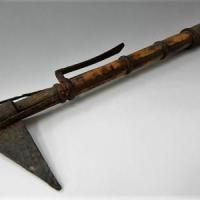
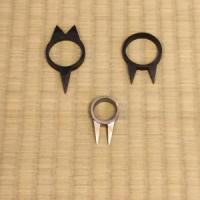
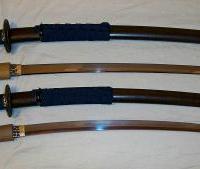
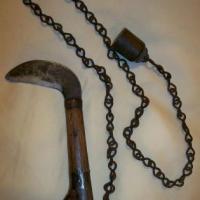
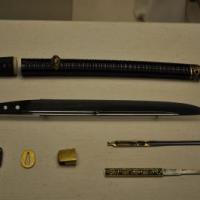
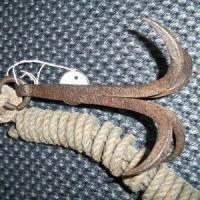
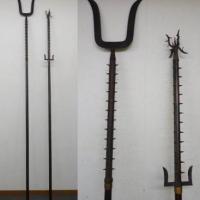
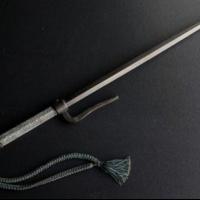
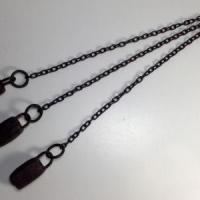
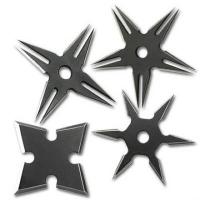
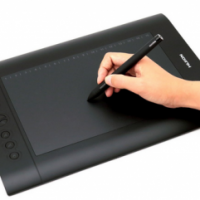

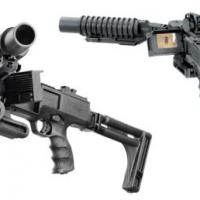



The Iron Beaked Staff